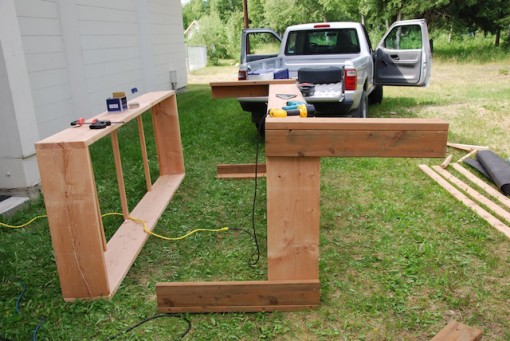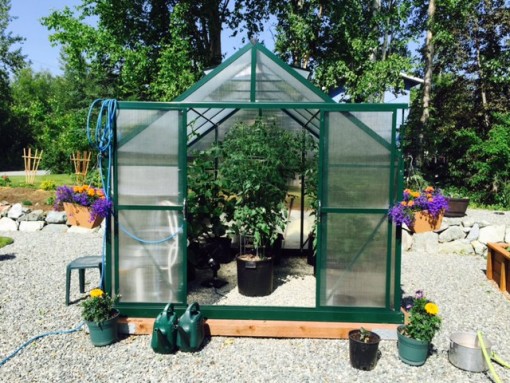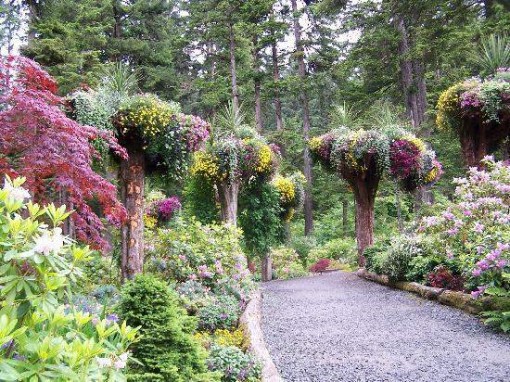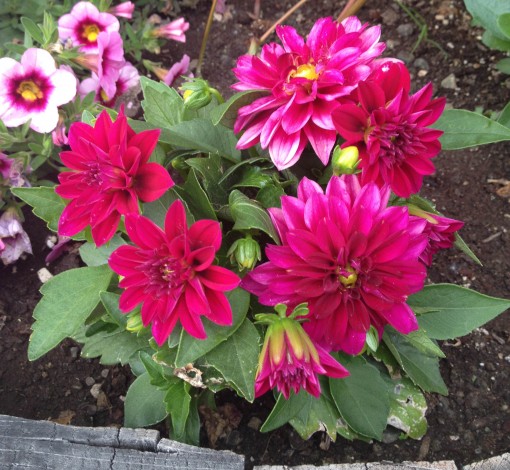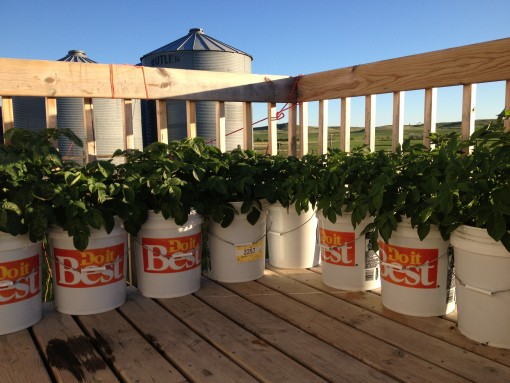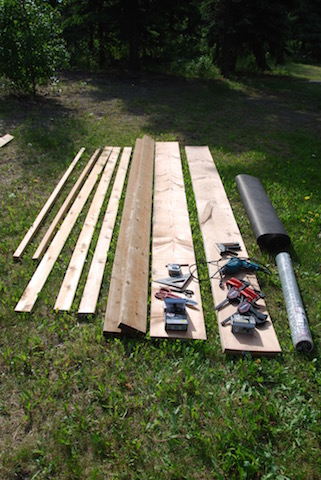
The beds I will build are actually 3 feet by 9 feet by about 9 inches deep and the tops of them are about 3 feet off the ground. This width lets you easily reach the center of the box from either side for planting, weeding, and harvesting. The height of three feet allows you to use a tall stool to sit on to do the chores required. Materials: (cost of the materials is about $130) (2) 2x12x12 construction grade pine, hemlock, or fir. Read More …
